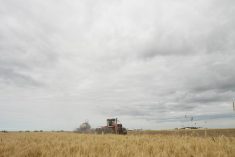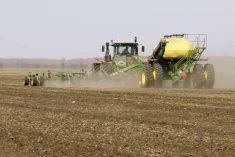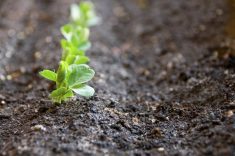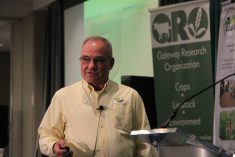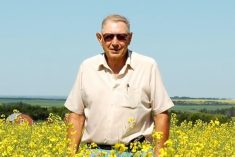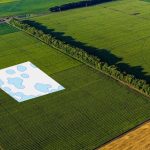The rate of degradation of soils in Canada has slowed, but it still is happening at a significant rate and there is still a lot to learn.
There are no soil-perfect systems yet for crop production, attendees at the Summit on Canadian Soil Health held recently in Guelph heard repeatedly.
No-till farming has declined in Ontario, creating more chance for soil erosion and degradation, mostly because it is difficult to consistently and easily get similar yields from no-till compared to fields that have some tillage.
Read Also
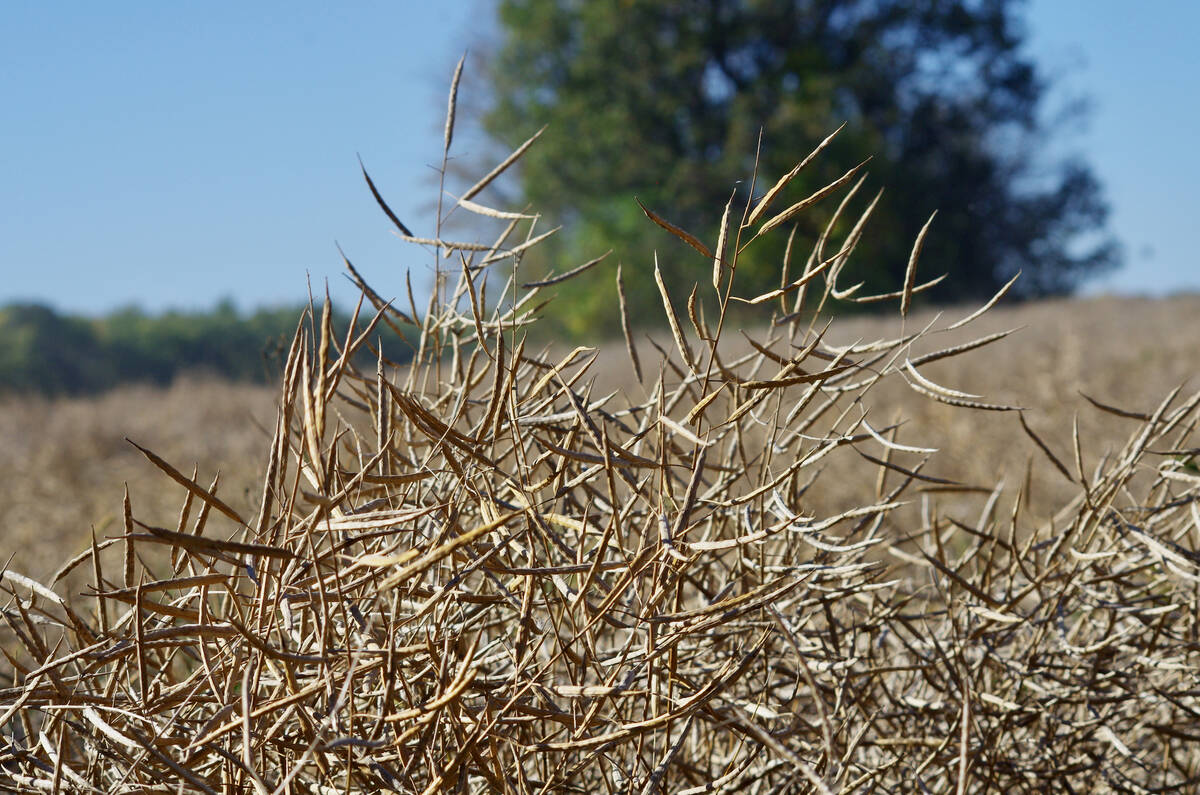
ICE Canada Weekly: Canola unlikely to have a good start to 2026
When canola trading begins returning to normal come Jan. 5, the oilseed’s futures are likely to fall back, said Tony Tryhuk, trader with RBC Dominion securities in Winnipeg.
Ken Laing, an organic farmer from near St. Thomas, Ont., described the new “soil health paradigm” as including no bare soils, making sure that soil is filled in with living cover crops, along with reducing or eliminating soil disturbance through tillage. He also includes the integration of livestock as important.
Laing has planted cover crops for decades, but admitted organic farming also has problems with parts of the new soil health paradigm.
“A major challenge for organic farmers in the new paradigm is reducing tillage,” said Laing.
Organic farmers have to use tillage to control weeds, integrate manure and kill a previous year’s crop or cover crop. Weed control alone in an organic system often means numerous tillage passes in a growing season.
Laing is working with different types of organic no-till and planting into growing crops, but like conventional farmers working with no-till and planting into green crops, some years the systems work better than others.
Tillage is the biggest quandary facing maintaining soil in its place. Tillage erosion comes from almost any movement of equipment through the soil.
Dr. David Lobb of the University of Manitoba was blunt at the conference. “It’s not just the mould-board plow. If we don’t talk about soil movement we are not going to solve the problem,” he said, pointing at chisel plows and the hoe drills used in Western Canada as significant movers of soil.
“Vertical tillage: It makes me explode when people call it conservation tillage,” he said.
The end of the practice of summerfallow and the popularity of no-till in Western Canada has meant a significant improvement in the loss of soil there to wind. In Eastern Canada, Lobb said there are still issues due to greater use of tillage.
‘Decline in interest’
He’s also surprised, he said, by how much erosion continues due to water movement.
Lobb recently completed a study finding that in Canada there’s $3.1 billion worth of crop production capacity lost due to soil erosion.
He’s worried that the long-term focus on soil health is being lost.
“There’s a steady decline in interest in soil conservation. I see recently a strong and pervasive belief that we know everything we need to know about soil degradation,” he said, including a “sense of fatigue” about the topic when talking to government and policy people.
Dr. Bob Sandford, a professor with the United Nations University, a U.N.-supported think tank, said he’s encouraged by what he saw on the Soil Summit tours in Canada.
However, he added, there needs to be more focus on earth systems, including soil health.
“We forget that agriculture is the foundation of our civilization. Agriculture saved us once with green revolution, but it needs to save us again from unintended issues of the green revolution,” he said.
The next green revolution needs to integrate climate, soil and water security at a global level, at the same time as increasing agriculture productivity, he said.
The conference, convened by the Soil Conservation Council of Canada, heard from farmers making steps in that direction.
The event included a visit to Bob McIntosh’s farm in Perth County, where he uses all no-till and carefully manages water movement and erosion with drainage and berms.
Jocelyn Michon, a Quebec crop and vegetable farmer, talked about his evolution from tillage to no-till, to strip tillage, and now to planting directly into cover crops.
“Healthy soils are performing soils,” he said.
But it was Lori Phillips, an Agriculture and Agri-Food Canada soil microbiologist at the Harrow Research Station, who pointed out how much more there is to be learned, not just in managing the soil above the ground, but also below the ground.
We are now in the “golden age” of soil microbiology, she said, with new genetic tools helping to identify a small proportion of the microbes that live in soil and to start to understand their function.
“Soil is the foundation for our life on earth,” said Don Reicosky, a soil scientist emeritus with the U.S. Department of Agriculture’s Agricultural Research Service, warning that farmers need to rely on nature’s plows — plants and worms — and not man’s plows, to manage soil health.
If not, he said, the current direction of soil degradation will be a global disaster.
“We have a hungry world. Our one chance boils down to conservation agriculture.”
— John Greig is a field editor for Glacier FarmMedia based at Ailsa Craig, Ont. Follow him at @jgreig on Twitter.





